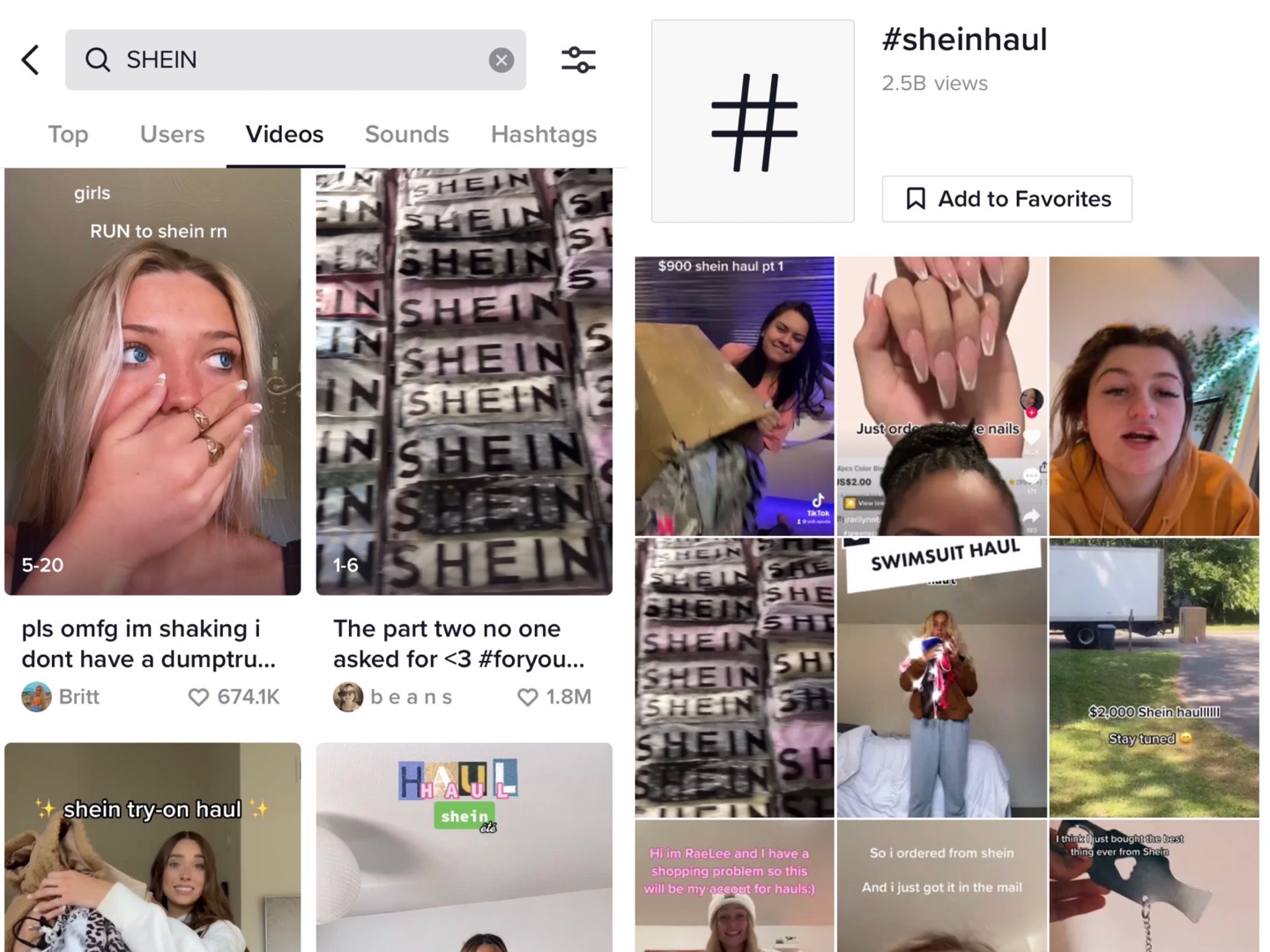If you are a Gen Z shopper, you’ve most likely heard of and purchased from SHEIN before. Despite its huge success, SHEIN is still a very mysterious and low-key company. In this article, we’ll dig deeper about how this company works and what dropshippers can learn from its success.
Outline
- What is SHEIN
- Real-time fashion
- How did SHEIN make it
- Lessons dropshippers can learn from SHEIN’s success
What is SHEIN
SHEIN is the fastest-growing eCommerce company in the world. According to the company’s report, it did almost $10 billion in revenue in 2020 and has grown over 100% for each of the past eight years. The company is based in China, yet spurns its local market in favor of selling abroad. Shein sells into nearly every other major market in the world, covering 224 countries and regions around the globe.
SHEIN started with wedding dress when it’s still called SheInside. Back then wedding dresses were the second most in-demand product in the cross-border trade. SHEIN was trying to copy the success of Lightinthebox, a company that made a huge profit out of wedding dress arbitrage. Alongside wedding dresses, SHEIN was also selling women’s fashion, which later became the key to its success.

From a small wedding dress maker, SHEIN has grown into a big deal. It’s winning global real-time fashion. But that’s just the beginning.
Real-time fashion
We all know Zara and H&M pioneered the “fast fashion” era since the 1990s, a highly profitable business model based on replicating catwalk trends and high-fashion designs and mass-producing them at low cost. However, with the popularity of online shopping, and the optimization of algorithms, traditional fast fashion has lost its competitiveness, replaced by new real-time fashion.
Real-time fashion scouring the internet algorithmically to pull out fashion trends. As one of Google’s largest China-based customers, SHEIN has access to Google’s Trend Finder product, which allows for real-time granular tracking of clothing-related search terms across various countries. Combine that with SHEIN’s huge volume of first-hand data through its app from all over the world and their teams that scour competitors’ sites, SHEIN is enabled to understand what exact clothes consumers want currently better than anyone.
.jpg)
Then the company feeds the data to its massive in-house design and prototyping team who can get a product from drawing board to production and live-online in as little as three days. Once a product is out, SHEIN creates more first-hand data, which can be used to automatically adjust production quantities. The order quantity for each new model does not exceed 200, and once the hot-selling products appear, they just easily multiple the production in a flip. Two new bands are added every week, 200 SKUs each time, throughout the year SHEIN can create 30,000 SKUs.

How did SHEIN make it
In any business, big or small, there are always two major parts, supply, and marketing. The secret beneath SHEIN’s success is also peppered in its supply system and marketing strategy.
1. Supply Chain Management
SHEIN took on roles and responsibilities traditionally handled by factories such as prototyping, an expensive but necessary step in producing clothes. SHEIN took the prototype work in-house, simplifying the relationship while reducing risk and cost for its partner factories. There was one requirement in return: factories had to use SHEIN’s supply chain management (SCM) software. Working with SHEIN meant an initially extreme level of transparency: plug yourself into the mothership and let it track everything. Suddenly, hundreds of previously undigitized factories were now hooked up into one brain, one cloud software system.
2. Digital Marketing
The reason why SHEIN made it and other women’s fashion brands didn’t, is not only because of the big price difference in apparel between China and other markets, but also because SHEIN had worked out effective strategies for selling clothes online. SHEIN was one of the first apparel companies to use social media influencers as early as 2011. They were one of the first early adopters of Pinterest, which became their top source of traffic during 2013-2014. Even more recently, SHEIN was early to TikTok marketing, becoming the most talked-about brand on TikTok in 2020.

The key to SHEIN’s success has been influencers and UGC. This is where SHEIN’s flywheel looks even more impressive. SHEIN pioneers a trend on many social media platforms which is called “hauls”, in which users can afford to buy a ton of items because the prices are so low. TikTok is another massive channel, on TikTok alone, the #shein hashtag has generated 6.2 billion views, and that the brand appears in over 70 other hashtags.

The company also leans heavily into KOL (Key Opinion Leaders) and celebrities, having them to endorse the company. According to Jing Daily, Katy Perry, Lil Nas X, Rita Ora, Hailey Bieber, and Yara Shahidi have all represented Shein over the past year. TikTok’s biggest star, Addison Rae, also promotes the company across her channels.
Lessons dropshippers can learn from SHEIN’s success
SHEIN’s strength comes from taking China’s advantages and applying them to the global market. Its delicate marketing strategy is a very typical example for all eCommerce businesses, and its magical marriage with all social media, especially TikTok, is definitely a good branding method to learn from.
Although no individual dropshipper can manage to achieve such a huge success without large capital’s support, there are still many valuable ideas that SHEIN uses you can adopt into your own dropshipping business.

.jpg)